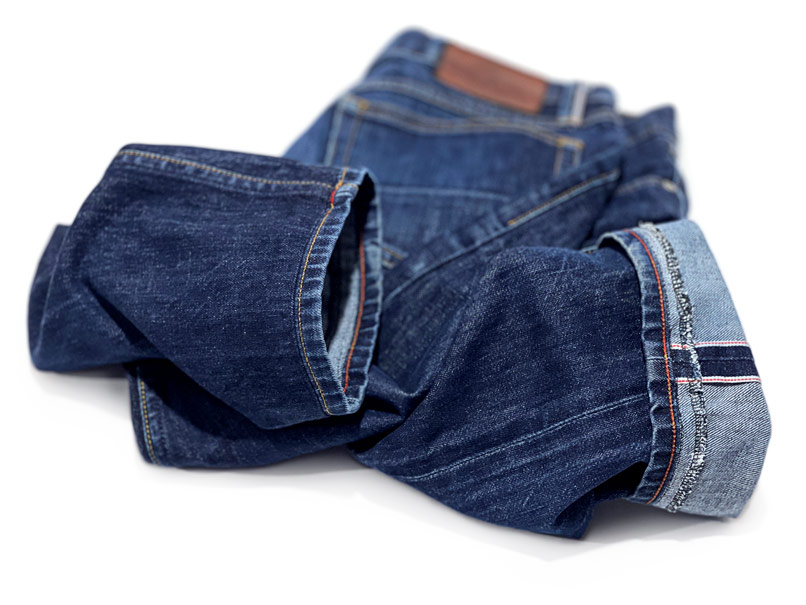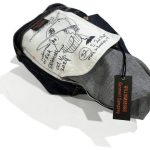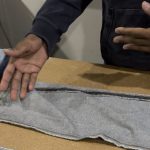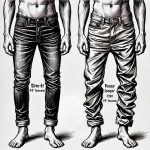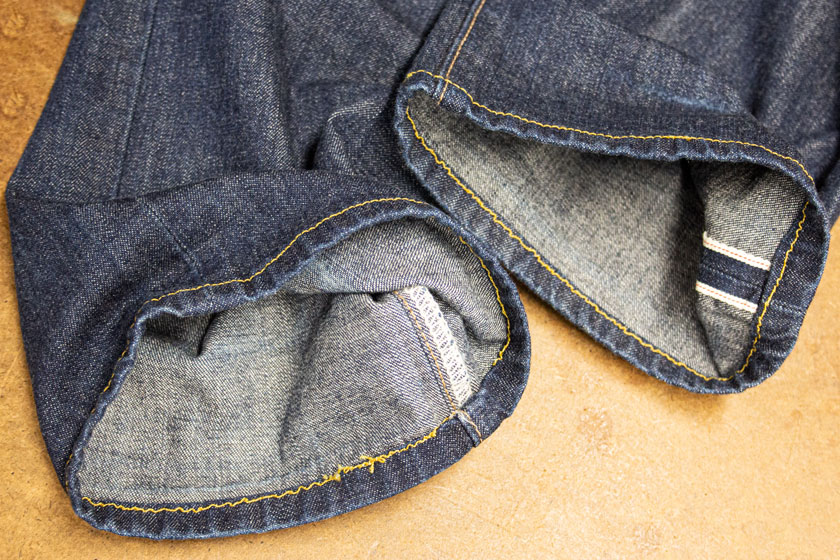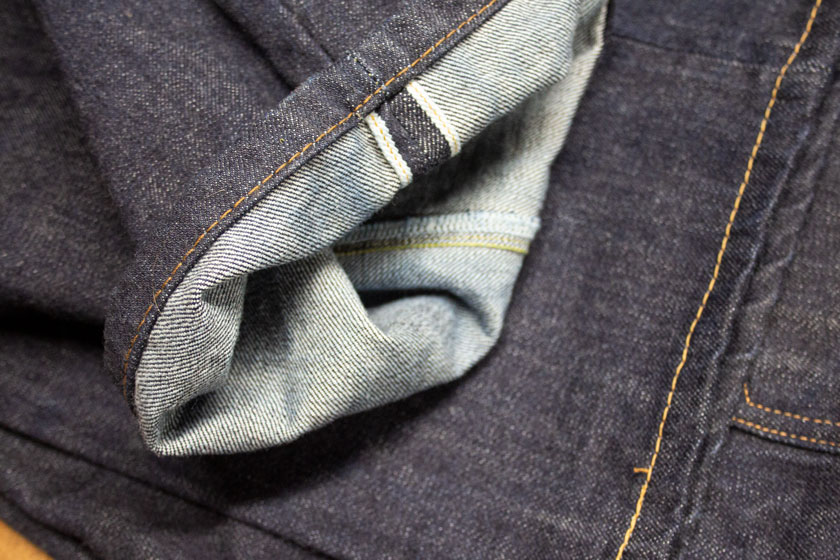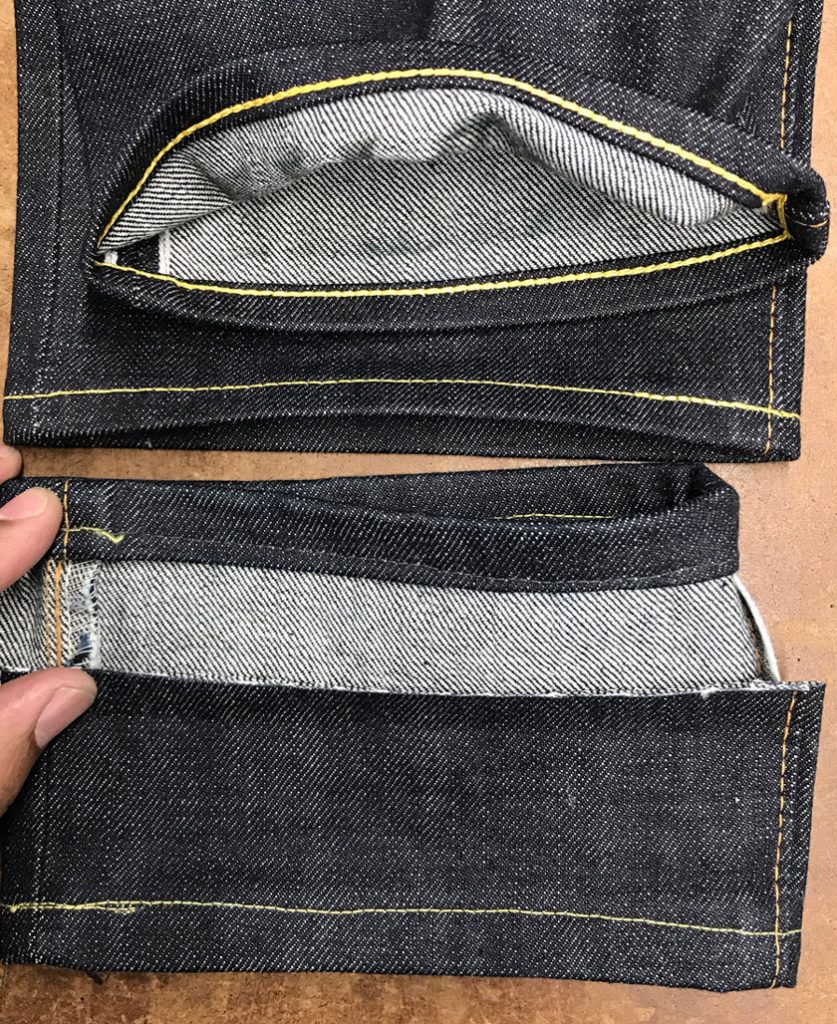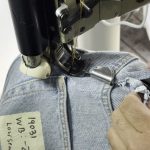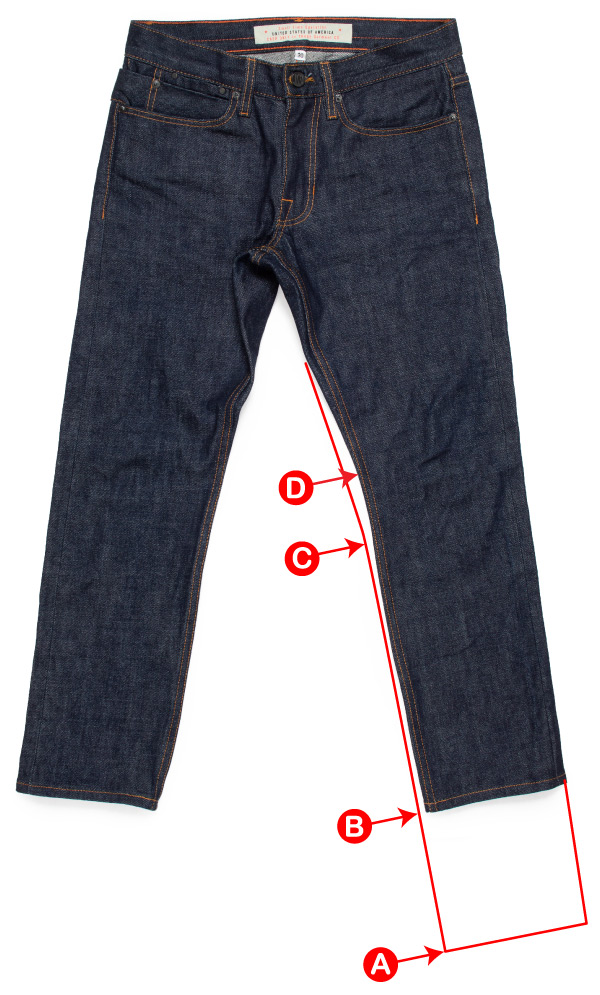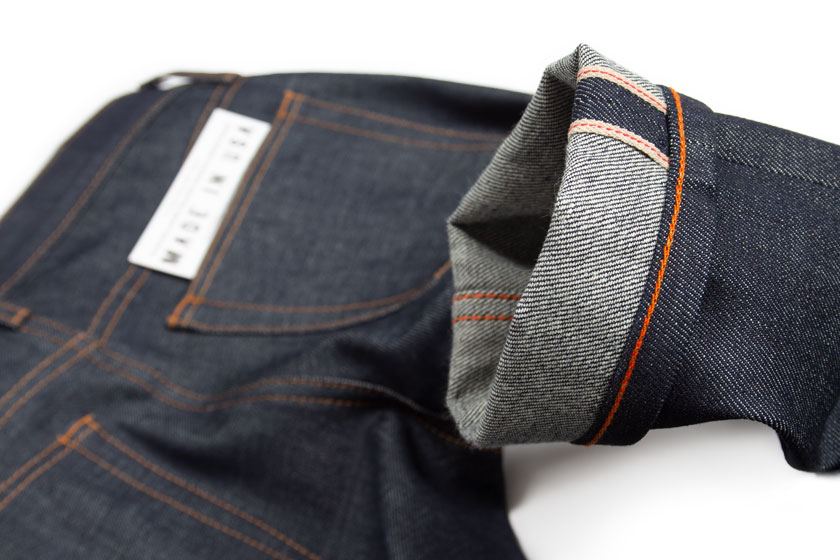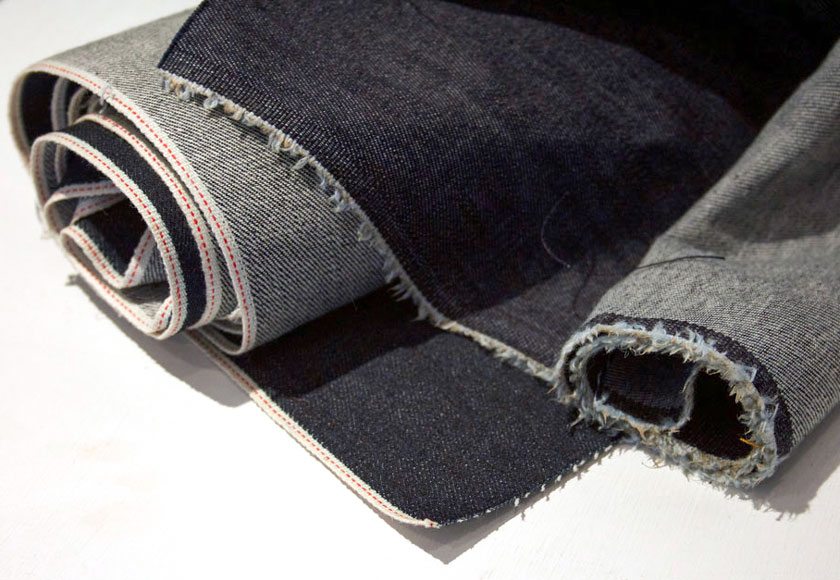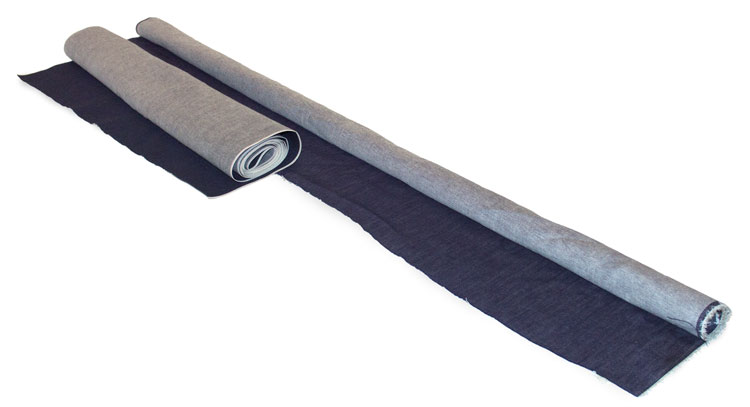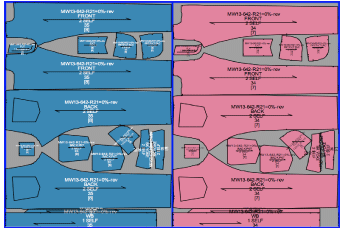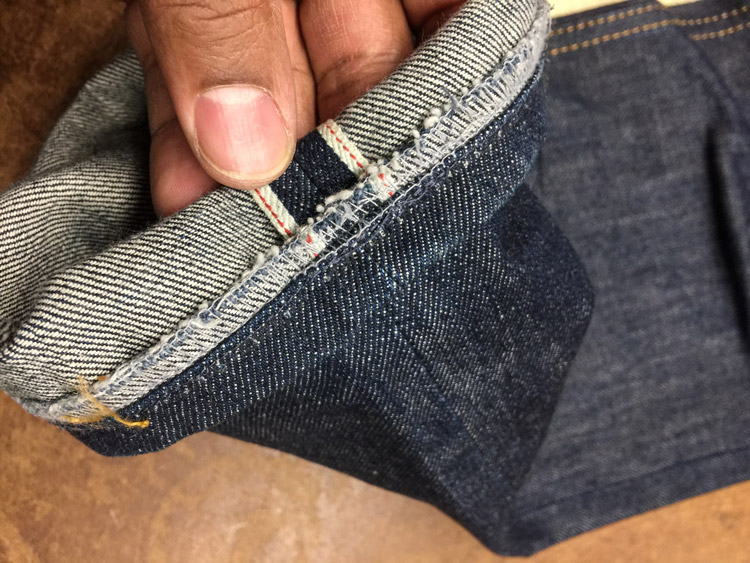
An Original Hem alteration. What is it? And, why you should stay away from this type of hemming alteration.
People often fall for this alteration because they like the washed or worn edge on the hem and believe it will be lost while shorting their jeans. Most choose the Original Hem alteration because a tailor or seamstress offers the option, or they learned of this novel alteration that touts keeping the tattered hem by cutting it away and reattaching it to the jeans.
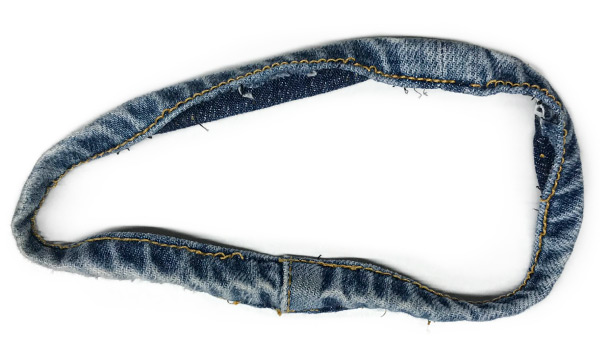
ORIGINAL HEM ALTERATIONS – DON’T DO IT!
First of all, it’s cheesy, hacky, corny, wack… There are many ways to describe this bad idea. We get lots of jeans from those who tried this alteration with requests to have their jeans rehabilitated and hemmed with traditional chain stitching. A word of advice, don’t waste your time and money damaging your jeans or wearing this embarrassing look.
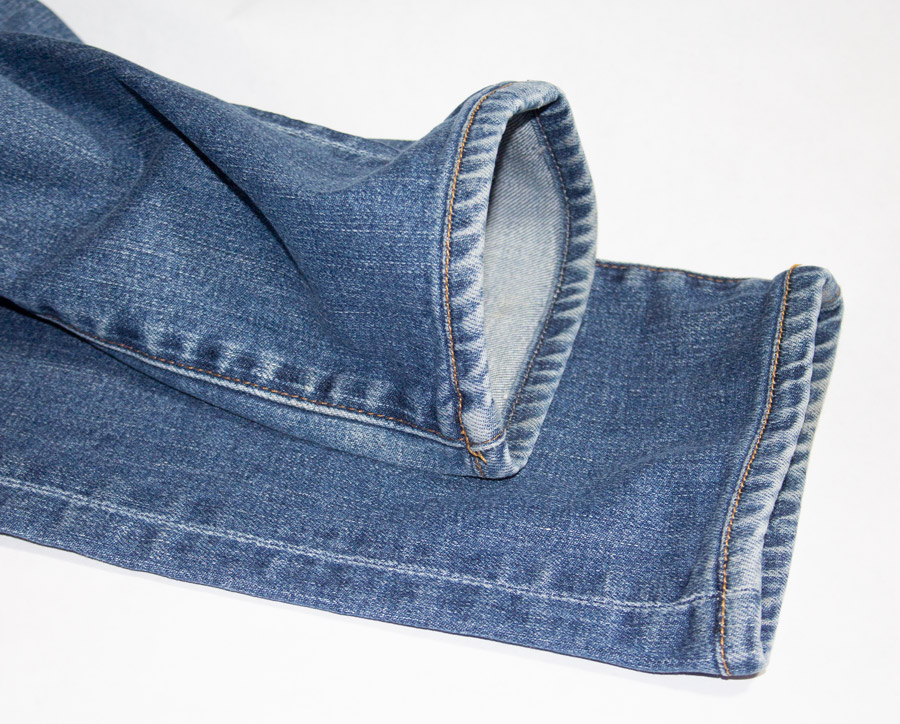
Patience pays off. There is really no reason to hack up your jeans. If you wash and wear regularly, the wavy lines and abrasion highlights will return to jeans after traditional chain stitch hemming. If you want to speed up the process or have a lot of shredding, try roughing up the edges of the hems with sandpaper, an electric grinder, or cut them up with a sharp blade.

Tailors and seamstresses use multiple techniques to make original hems. The results in our opinion are all bad. In every approach, a seamline is added where there was none before, losing the flexibility of the original leg bottom. Layers of fabrics are sewn together and create a stiff, unsightly, (depending on how heavy the fabric or which method is used) uncomfortable line above the new hem. Other less stiff techniques leave the inside of the jeans looking so hideous, that you would never want to turn up the jeans to make a cuff. Also, if you don’t tack the hem down (which leaves additional visible stitch lines) the hem can flip up exposing the embarrassing-looking sewing construction.
